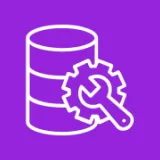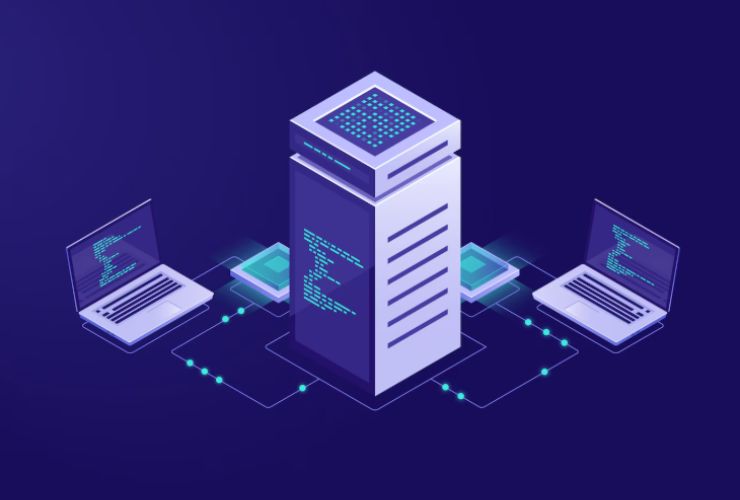Database management is rapidly progressing due to the increased use of DevOps practices. Manual management of the database is slow, we all make mistakes, and it slows down application delivery. Organizations relying on manual intervention will often experience delays in deployment, configurations that will mismatch from environment to environment, and a greater potential for mistakes – resulting in downtime that can impact business continuity.
DevOps tools that provide database automation will help overcome these challenges. They enable faster database deployments, consistency of builds, reduced human error, and smooth integration into continuous integration/continuous deployment (CI/CD) pipelines. Database automation permits both database and development teams to concentrate on higher priority tasks that provide value, such as improving security and performance, and developing innovative features, and less time on endlessly repetitive manual tasks.
In this blog, we will discuss database automation, describe the DevOps tools that are commonly used, cover the main benefits of automation, share best-practice advice for its use, and examine real-world scenarios in which database automation is changing the way we manage our databases.
What Is Database Automation?
Database automation means managing, deploying, and monitoring databases with tools, scripts, and workflows, without manual work. Organizations may perform many of the repetitive and critical database tasks with greater quality by automating these tasks. This also avoids downtime and human error.
Some typical tasks with automation can include:
- Database Provisioning and Configuration: Automatically create a new database instance with all of the required settings and parameters.
- Schema Changes and Migrations: Apply schema changes consistently across multiple environments without manual SQL scripts.
- Backup and Restore Operations: Schedule backups routinely and automate recovery processes to minimize risks of data loss.
- Performance Monitoring and Tuning: Automatically gather performance metrics and determine the efficiency of query performance and even trigger query optimizations.
- Security and Access Management: Apply the right roles, permissions, and compliance policies across environments without having to worry about whether or not the proper user security is in place.
Automation helps transform database administration from a reactive, maintenance-heavy role format into a proactive, consistent, streamlined, quality workflow.
Common DevOps Tools for Automation of Database Management
Several tools have emerged as important tools in the automation of the management of databases and enabling integrations with CI/CD pipelines:
- Liquibase: This is a database version control tool that tracks, manages and applies schema changes across development, staging and production environments.
- Flyway: This tool simplifies database migrations to include the SQL scripts used for database changes with versioning to aid consistent deployments across all environments.
- Ansible: A program that automates the provisioning and configurations of databases and applies reusable playbooks to execute updates.
- Terraform: This is an Infrastructure-as-Code (IaC) tool that can manage the database infrastructure and the other components to create reproducible environments.
- Applications or CI/CD Tools (such as Jenkins, GitHub Actions, GitLab CI): These applications can automate database deployments and provide integration to assist with releases for applications to the pipelines that enable users or clients to have a smooth delivery and deployment pipeline.
By integrating these tools, teams create fully automated, auditable, and traceable workflows, which are important to minimize the likelihood of errors being involved during deployments.
Advantages of Database Automation
By integrating database automation with DevOps tools, you gain many benefits:
- Speedier Deployments: By automating workflows, you can quickly introduce schema and configuration changes across multiple environments, enabling organizations to adopt agile development practises.
- Decreased Errors: Automation removes chances for human error with repetitive actions such as migrations, updates, or backups.
- Increased Consistency: Automation ensures that all environments (development, staging, and production) are in sync and lessens the chances of strange behaviour.
- Better Collaboration: Version-controlled database changes help DevOps developer and DBA team up and work more collaboratively. It improves transparency among the team and reduces bottlenecks.
- Enhanced Compliance and Auditability: Automating processes, like tracking all changes and maintaining comprehensive logs for detail report generation, helps achieve compliance with regulations and audits.
Organizations that embrace database automation experience fewer deployment delays, increased stability, and faster development time to market for new features.
Best Practices for Automating Databases
When creating a plan for successful database automation, consider these best practices:
- Version Control Your Database: Treat your database schema like application code, and store your changes in a version control system so you can track changes over time.
- Integrate into CI/CD Pipelines: Automate deployments through CI/CD pipelines to limit manual intervention and provide consistency while decreasing the amount of time it takes to deploy and release.
- Test Changes Before Production: Test migrations and schema updates in a staging environment to reduce the chances of issues occurring in production.
- Automate Backups and Recovery: Create an automated strategy for backing up the database, including reliable and tested recovery procedures.
- Monitor and Audit Automated Processes: Monitor your automated processes’ execution, tracking the failures and success to improve on your monitoring and your automated processes and workflows.
- Utilize Environment-Based Configuration: Implement a separate configuration file for development, testing, and production so you can minimize existing conflicts for deployments across environments.
- Implement Rollbacks: Ensure you include a safe option to rollback deployments and migrations in your automated workflow if they fail.
Using these practices, you can have smooth and reliable database automation that you can also scale as your application and team grow.
Practical Use Cases for Database Automation
Agile Development: For business units using agile methodologies, database automation enables teams to deploy changes frequently to their applications without having a negative impact on the application’s ability to remain stable and available to end-users.
Microservices Architecture: Each microservice could have a different database schema within the same application. Automated provisioning and migrations allow individual microservices to have consistent environments since they are provisioned and migrated the same way, regardless of which database is being used by the microservice.
Cloud-Native Applications: Cloud deployments are often associated with multiple instances of the application running in one or more regions. With many cloud environments, applications that need to be replicated or the need to change configurations to scale, it is much faster to automate those processes across cloud environments.
Disaster Recovery: Automated processes for backup/restore ensure that business units are able to govern downtime while also maintaining data quality, especially in the advent of a disaster event on a system.
These cases illustrate how database automation can create productivity, reliability, and scalability to modern software ecosystems.
Closing Thoughts
In a world increasingly focused on DevOps tools for database automation, using those tools is essential no longer an option as related to software development. As changes to databases become an extension of modern development environments, many of the redundant and repetitive tasks can use a more natural cadence in more closely integrating those changes on the part of the developer in existing CI/CD pipelines produced by development teams.
The implication of automating databases is not only for efficiency. Some aspects of the efficiencies can relate to reliability, security, compliance, and scalability which can be a strategic advantage to any organization looking to get more high-quality applications to market as fast as possible.
Investing in database automation is investing in the art of operational excellence, speed in innovation, and an infrastructure that is resilient and future-focused.










